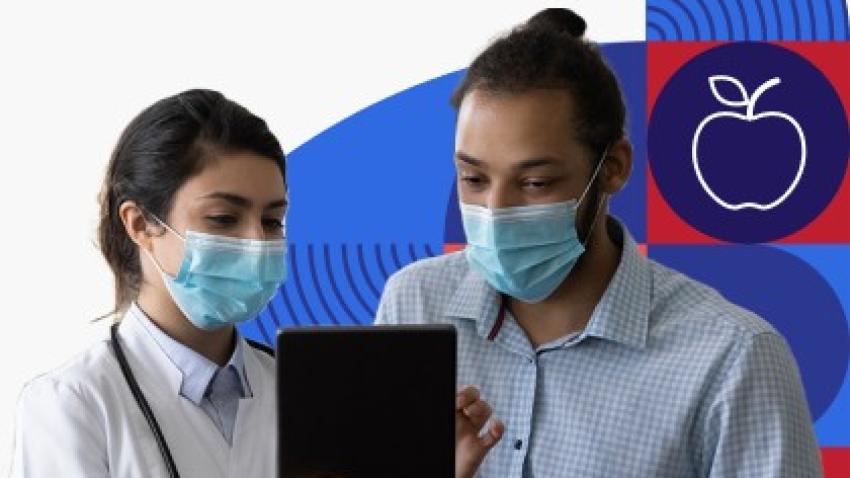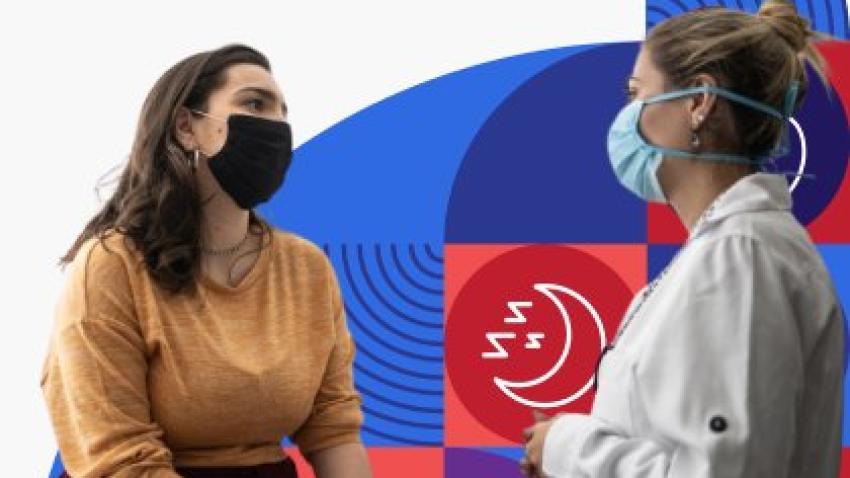Health Conditions
Get Tested for Breast Cancer

The Basics
Overview
Breast cancer is one of the most common kinds of cancer in women. About 1 in 8 women in the United States will get breast cancer during her lifetime.
The good news is that mammograms can help find breast cancer early — before it spreads to other parts of the body. Most women can survive breast cancer if it’s found and treated early.
How often should I get mammograms?
- If you’re age 40 to 49, talk with your doctor about when to start getting mammograms and how often to get them
- If you’re age 50 to 74, get mammograms every 2 years
What is a mammogram?
A mammogram is an x-ray picture of the breast. Mammograms use a very low level of x-rays, which are a type of radiation. The risk of harm from this radiation is very low.
Mammograms can be used to screen (test) for breast cancer in women with no signs or symptoms. They can also help doctors figure out if cancer is causing a particular symptom — like a lump or another change in the breast.
When you get a mammogram, a technician will place your breast on a platform and a plastic plate will press it flat to get a clear picture. This part of a mammogram can be uncomfortable, but it usually only lasts 15 to 20 seconds.
It takes about 20 minutes total to get mammograms. Learn more about mammograms.
Breast Cancer
What is breast cancer?
Breast cancer is cancer that forms in breast tissue. Like all cancers, breast cancer can spread to other parts of the body.
Talk with your doctor or nurse if you notice any of these changes:
- A lump or an area that feels very firm in the breast or armpit
- A change in the size, shape, or feel of the breast
- Fluid (called discharge) coming out of a nipple
- Skin on the breast that is itchy, red, flaky, or dimpled
Learn more about breast cancer.
What if the doctor finds something in my breast?
Mammograms let the doctor or nurse look for lumps or other changes inside your breasts that you can’t feel from the outside. If your doctor finds a lump or another change in your breast tissue, you may need other tests to find out if it’s cancer or not.
The doctor or nurse may take a small bit of tissue from the breast for testing. This procedure is called a biopsy.
Take Action
See Your Doctor
Talk with your doctor about when and how often to get mammograms.
Ask the doctor about your risk for breast cancer.
Use these questions to start a conversation with your doctor about mammograms. You can also ask about ways you may be able to lower your risk for breast cancer.
Tell your doctor if breast or ovarian cancer runs in your family — that may increase your risk for developing these and other types of cancer. You can use these questions to talk with your doctor about genetic testing for breast or ovarian cancer.
Together, you and your doctor can decide what’s best for you.
Cost and Insurance
What about cost?
Under the Affordable Care Act, insurance plans must cover mammograms for women over age 40. Depending on your insurance plan, you may be able to get mammograms at no cost to you. Check with your insurance company to find out more.
Medicare also covers mammograms for women over age 40 at no cost. Find out about Medicare coverage for mammograms.
If you don’t have insurance, you can still get mammograms. Find a program near you that offers free or low-cost mammograms.
To learn more, check out these resources:
Healthy Habits
Get support.
Use these tips to get support when you get mammograms.
- Ask other women who have had mammograms about what to expect
- Ask a family member or friend to go with you when you get mammograms
Make sure to ask when you’ll get your mammogram results. When you get the results, ask the doctor or nurse to explain what the results mean. Learn more about mammogram results.
Get active.
Being active increases your chances of living longer. Physical activity helps prevent several types of cancer, including breast cancer. Learn more about how to get active.
Get your well-woman visit.
Get a well-woman visit every year. Use this visit to talk with your doctor or nurse about important screenings and services to help you stay healthy. Learn more about well-woman visits.
Content last updated July 15, 2022
Reviewer Information
This information on breast cancer was adapted from materials from the National Cancer Institute and the Office on Women’s Health.
Reviewed by:
Rebecca Chasan, Ph.D.
Chief, Science Writing and Review Branch
Office of Communications and Public Liaison
National Cancer Institute
National Institutes of Health


